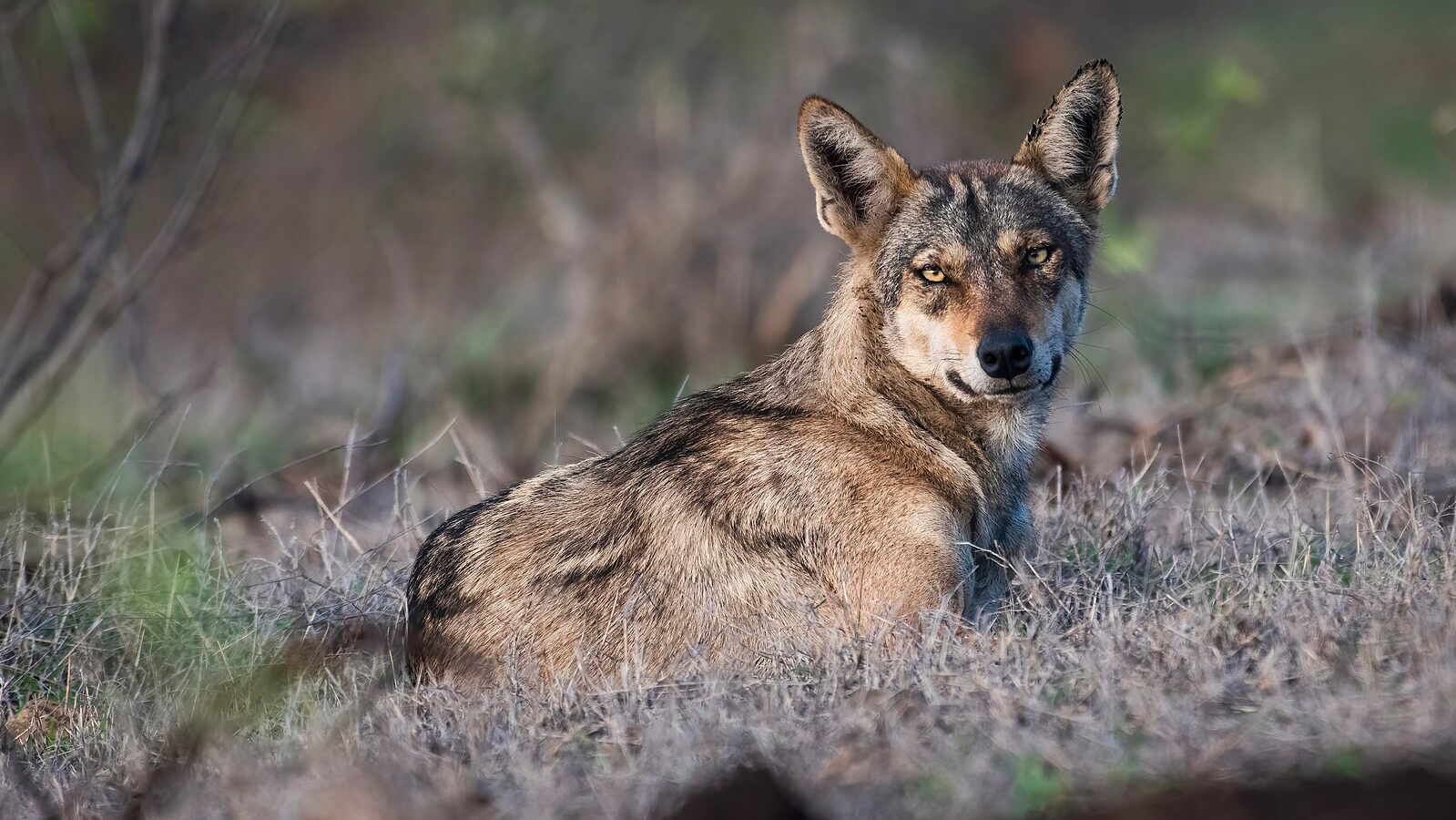
In a spate of recent attacks, wolves in the Uttar Pradesh state in India have claimed the lives of ten people, nine of which have been children.
The attacks began in April, with the youngest victim being a one year old boy, and at least 34 others have been injured across 30 villages in the Bahraich district. The wolves carried the victims away, and partially consumed them.
In response to the attacks, forest teams in the district have intensified their efforts to capture the wolves, deploying camera traps and drones.
Divisional forest officer (DFO), Bahraich, Ajit Pratap Singh said:
"Each team has been given a drone camera for tracking. Besides, designated shooters of the forest and police departments have been assigned to the team."
While some teams will focus on tracking the wolves with cameras, others will work on capturing the wolves and raising awareness among inhabitants of the areas.
With the help of a huge amount of people on the ground and the technological advancements in drones and camera traps, officials have said it has become easier to target the wolves and respond to sightings.
Singh added:
"If there is a report of a wolf from four places at night, we had to run everywhere, but now all the teams have been given their responsibilities. So now both working and catching are easier. Besides, very senior and expert officials of the forest department have been also monitoring and guiding the operation. Hence, it will yield the desired result."
The incident has terrified residents as wolf attacks in India are extremely rare. Most involve wolves infected with rabies, where the wolf will make multiple attacks, and not consume the victim.
The Norwegian Institute for Nature Research published a report on the prevalence of wolf attacks on humans between 2002 and 2020, finding that there had been 26 fatal attacks on humans globally during those 18 years, and of those, 14 were due to rabies.
Only four of the attacks during that period were in India, and all were found to be by rabid wolves.
As part of the mission, dubbed 'Operation Bhediya', principal conservator of forests Sanjay Srivastava issued orders to ‘catch or eliminate’ the wolves under Section 11 of the Wildlife Protection Act, 1972. However, elimination remains the last resort, with the final call being left with senior officers on the ground.
The reasons behind the attacks, and the number of wolves carrying them out are uncertain.
Habitat loss in the area due to intense annual flooding during monsoon season is one theory, driving the wolves out of the forests and into human settlements in search of food.
Between 1993 and 1995, 80 children were attacked by wolves in the region. During an investigation at the time, experts speculated that wolves were targeting children because there was minimal supervision due to the impoverished conditions they lived in.
Some of the best trail cameras and best camera drones have been increasingly used to track and conserve animals in recent decades.
Camera traps and drones have been increasingly used to track and conserve animals in recent decades. A recent study found that trail cameras were sorely missing in the conservation areas that needed them most, and in Australia, scientists recently attached temporary cameras to sea lions to help protect them and their environment.
Take a look at our guides to the best trail cameras, the best camera drones, and the best cheap drones.







